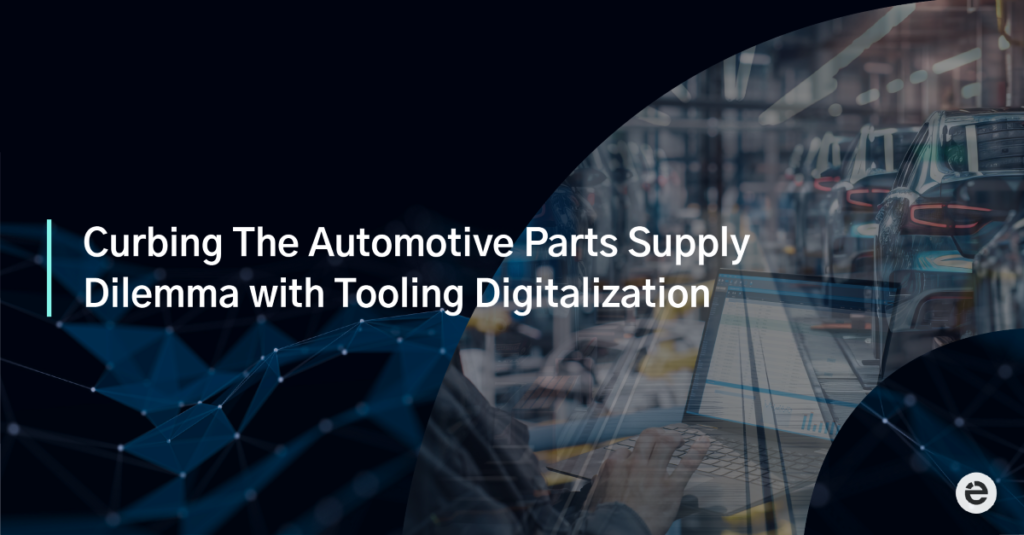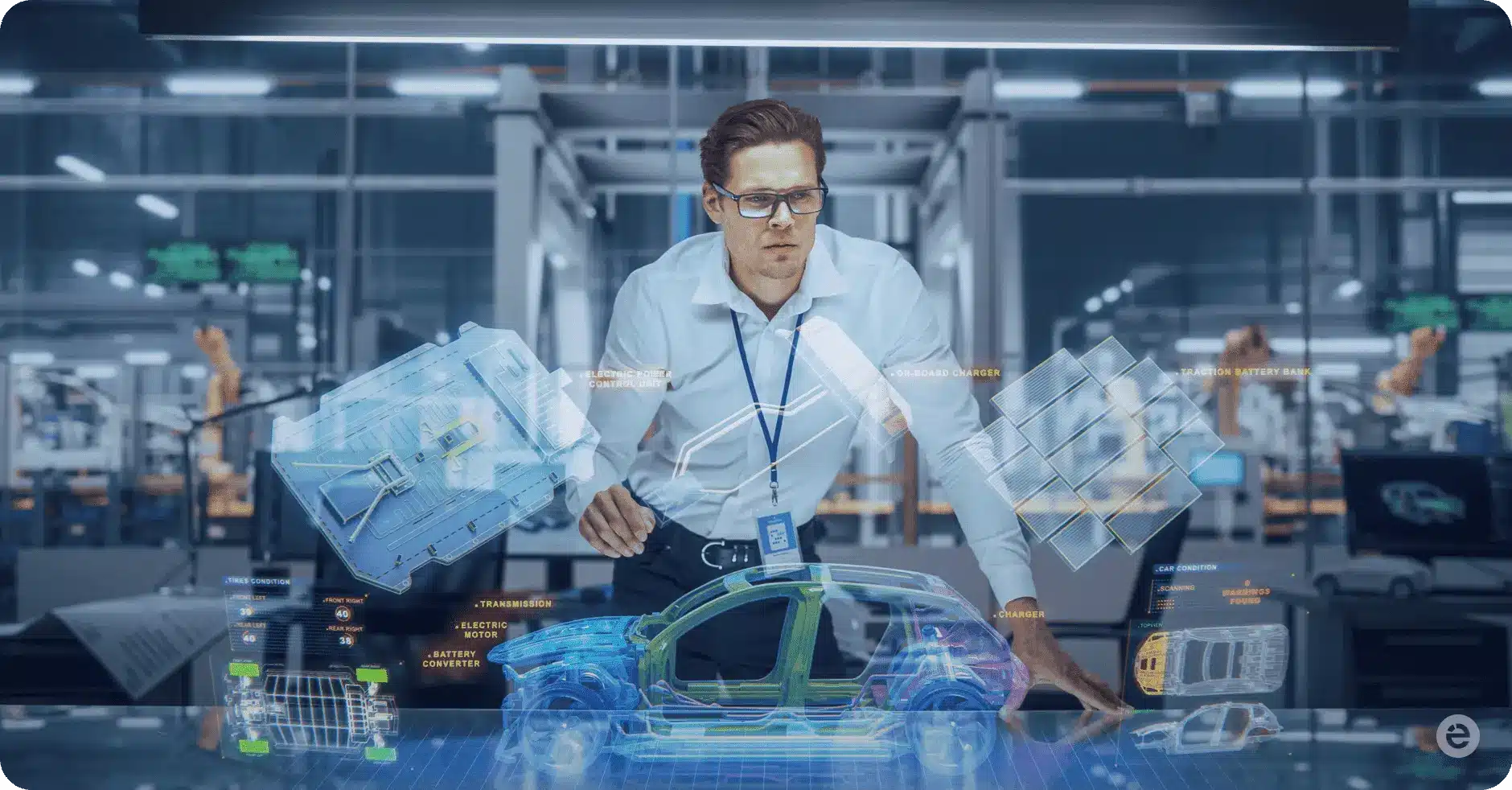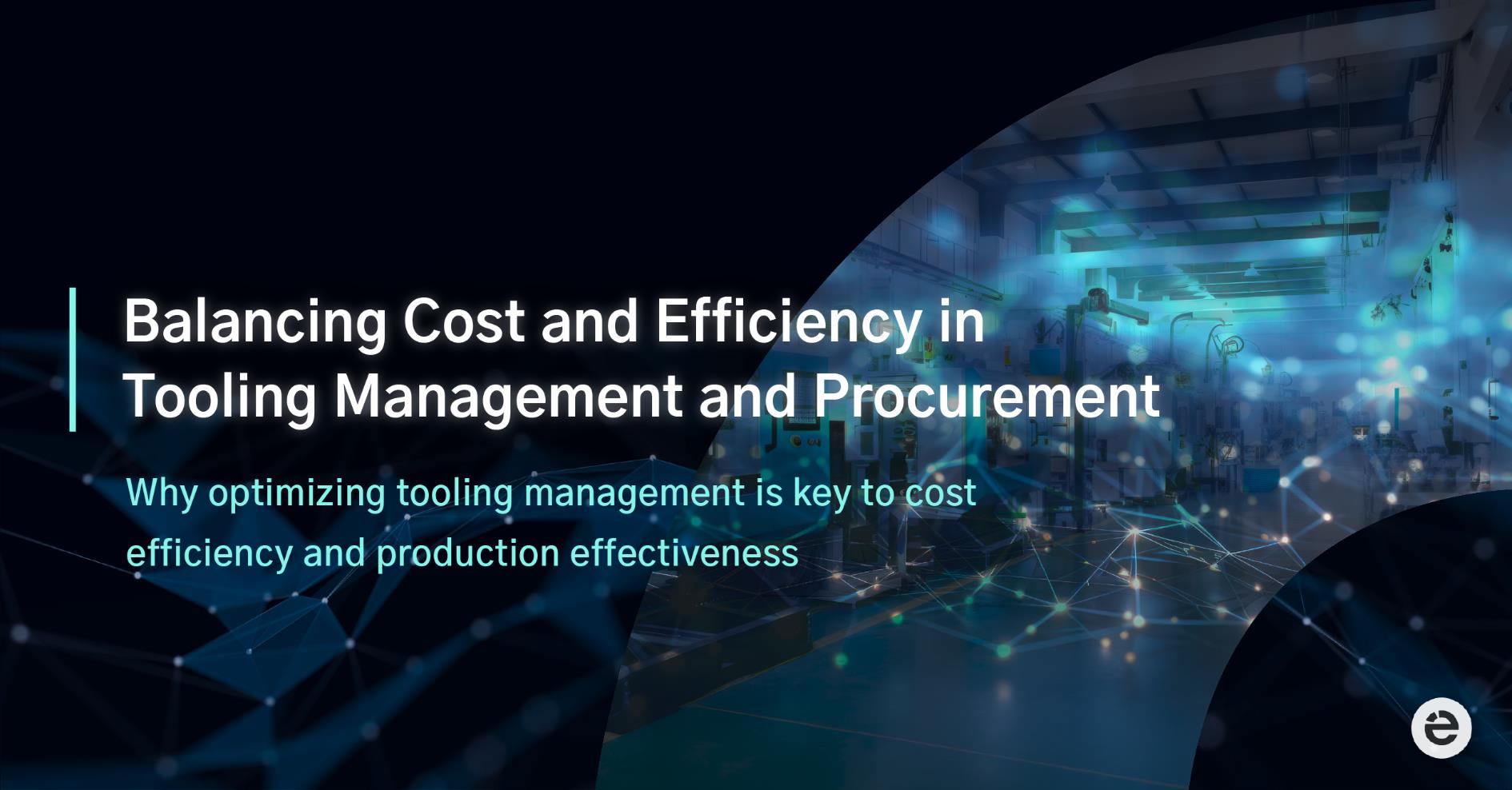AUTOMOTIVE
2023.12.19 | Updated: 2023-12.29

The automotive industry is no stranger to supply chain disruptions, as evidenced by a recent decision of an automotive company to postpone new model launches due to supply issues. While the semiconductor shortage is often spotlighted, a series of factors, from geopolitical crisis to COVID-related restrictions in major production hubs like China, continue to plague manufacturers. However, the answer to these persistent challenges might already be here: Tooling Digitalization.
The Modern Automotive Challenge
Recent events in the global landscape, as underscored by the news in India about the broader automotive sector, highlight the pressing challenges facing automotive Original Equipment Manufacturers (OEMs). What is the current situation?
1. Mismatched Expectations
Industry estimates suggest that automobile and electronics companies missed 5-10% of their planned April output.
The decision by a prominent automotive company to delay the launch of new car models until the second half of 2023 highlights the complex challenges brought on by supply chain inconsistencies. As the company’s CEO highlighted, “We are committed to launching 10 new cars this year…we will postpone the majority to Q2 and more towards Q3 and Q4.” These delays’ roots trace back to supply chain challenges tied to specific plastic parts and aggregates. The dynamic clearly illustrates a notable divergence between an automaker’s ambitious visions and the tangible, often unpredictable, obstacles they face, compelling them to readjust their strategies continuously.
Transitioning from such setbacks, industry leaders are not just adapting but pioneering approaches to harmonize expectations with deliverables. A disruptive technology they’re leveraging is tooling digitalization. This transformative solution provides real-time tracking and analytics of all tooling and part supplies. They are creating a resilient system by deeply integrating insights from individual production assets and their precise capacity utilization with an automaker’s evolving demand dynamics. The intention is clear: make expectations more agile and, thus, more aligned with real-world scenarios. This real-time alignment not only allows for swift responses to discrepancies but also ensures production is redirected to facilities primed for surging workloads. The era of basing CAPEX budgets strictly on historical data is waning; today’s automotive leaders prioritize current, actionable data to shape their forward-looking strategies.
2.Resource Misallocation
The recent revelation by global automakers about their reliance on airlifting parts to expedite production underscores the lengths to which companies must go to navigate the intricacies of their supply chains. Such radical measures, although occasionally essential, bloat logistics costs, inevitably trickling down to increase the overall price of vehicles. These strategies testify to the challenges that compel companies to divert significant resources to address unexpected hurdles.
In the face of such challenges, major automotive players are reassessing their approach, choosing proactive over reactive firefighting. Many are turning to platforms like eMoldino, empowering OEMs to delineate the exact component tally needed for each final product. The platform’s continuous tracking of parts production, complemented by its integration of real-time demand data, becomes a potent ally in forecasting production trajectories. For these industry leaders, the equation is simple yet transformative: By ensuring each part’s production harmonizes with actual demand, they’re eliminating the bottlenecks that historically instigated measures like airlifting. In doing so, they’re not only evading the associated exorbitant costs but also crafting a supply chain that’s as robust as responsive.
The Broader Impact: More Than Just Production Monitoring
As we delve deeper into the transformative capabilities of tooling digitalization, it’s clear that its implications go far beyond the scope of mere production monitoring. This disruptive technology has the power to redefine the entire automotive ecosystem.
At its core, tooling digitalization revolutionizes the dynamics of supplier-OEM relationships. The newfound transparency, brought about by seamless data integration and sharing, cultivates an environment of trust and mutual understanding. Instead of operating in silos, suppliers and OEMs work in an intertwined partnership where information flows freely. This transparency doesn’t merely facilitate smoother operations; it also creates stronger, trust-based collaborations. In such a transparent environment, misunderstandings are minimized, disputes are resolved more amicably, and the supply chain becomes more synchronized.
However, the benefits don’t stop at relationships. The financial implications of tooling digitalization are profound. This technology can pinpoint potential wastages, inefficiencies, or disruptions in real time by offering an eagle-eye view of the supply chain. Addressing these issues promptly doesn’t just ensure uninterrupted production; it translates into substantial cost savings. Whether avoiding the expensive airlifting of parts, optimizing resource allocation, or streamlining operations, the cumulative savings can significantly boost an OEM’s bottom line.
A Way Forward for OEMs
With tooling digitalization platforms, OEMs can address immediate supply chain concerns and future-proof their operations. Features such as tooling asset management, supply chain management, and supplier performance management become invaluable tools for procurement experts, tooling engineers, and supply chain managers. By leveraging this technology, automotive companies can ensure they are well-equipped to tackle future disruptions, geopolitical crises, global pandemics, or industry-specific challenges.
While global circumstances may be unpredictable, the response to them doesn’t have to be. Tooling digitalization offers a promising avenue for OEMs to address current challenges and position themselves as industry leaders in the years to come. As global automotive brands navigate supply chain issues, their solution lies in embracing the full potential of digitalized tooling.
Talk to us for a live demonstration of our solution or explore our other blogs for further insights.
Explore Our Related Posts


















